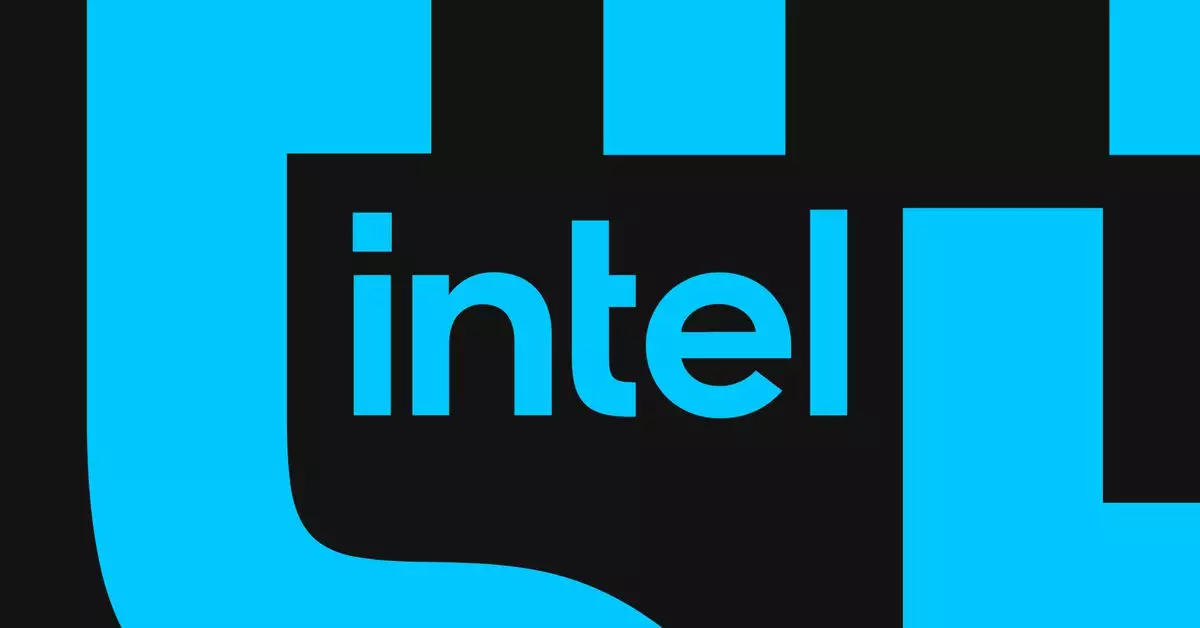Intel, a historic titan in semiconductor manufacturing, is navigating turbulent waters as it embarks on a significant restructuring initiative aimed at both stabilizing and revitalizing its operations. The recently announced spin-off of the Intel Foundry marks a critical juncture for the company, promising to provide the chipmaking segment with enhanced autonomy. CEO Pat Gelsinger emphasized that this move aims to “create clearer separation and independence” from the broader Intel brand, which could allow for more agile decision-making and tailored strategies based on market dynamics. This is not just a superficial change; it represents a profound reevaluation of how Intel organizes its resources to combat years of declining performance and stock valuations.
In light of fluctuating market demand, Intel’s decision to halt factory constructions in Europe for two years reflects a cautious approach to investment in an uncertain economic climate. The company continues to proceed with its robust plans in the US, particularly in states like Arizona, Oregon, New Mexico, and Ohio, where it intends to capitalize on domestic manufacturing. This dual strategy indicates an acknowledgement of regional market differences and aims to enhance Intel’s resilience. Additionally, by divesting its interest in other ventures such as Altera—a leader in programmable chips—Intel is attempting to reallocate its efforts and resources more effectively within its core operations.
A notable aspect of Intel’s transformation involves its relationship with the U.S. government, which has earmarked up to $3 billion in funding to support Intel’s production of chips for military applications. This collaboration highlights the critical role that semiconductor technology plays in national defense and bolsters Intel’s position within a strategic sector. By aligning itself with government initiatives, Intel not only secures financial backing but also enhances its credibility as a reliable supplier for critical infrastructure.
Intel’s struggle to keep pace with the industry’s rapid evolution is underscored by its substantial operating losses, reported at an alarming $7 billion in 2023. With the added burden of layoffs affecting thousands of employees, Gelsinger’s vow to undertake “the most significant transformation of Intel in over four decades” resonates with urgency. The company is making concerted efforts to redirect its focus towards innovative processes, with future plans for producing chips under the new 18A technology slated to benefit major partners, including tech giants like Microsoft and Amazon.
As 2024 unfolds, Intel’s comprehensive overhaul signals a pivotal shift in its operational and strategic paradigms. The challenges presented by the 13th and 14th generation CPUs are emblematic of the company’s need to innovate in order to reclaim its position as a market leader. While the restructuring initiatives are met with skepticism from some analysts, they are indicative of a broader trend within the semiconductor industry to adapt and thrive in an increasingly competitive global market. Intel’s future trajectory hinges on effective execution of its new strategies, showcasing both resilience and a willingness to embrace change.


Leave a Reply